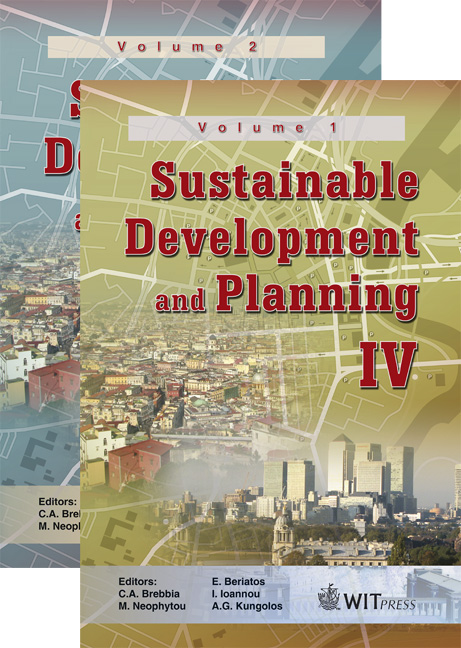Automotive Shredder Residue (ASR): A Rapidly Increasing Waste Stream Waiting For A Sustainable Response
Price
Free (open access)
Transaction
Volume
120
Pages
9
Page Range
835 - 843
Published
2009
Size
361 kb
Paper DOI
10.2495/SDP090782
Copyright
WIT Press
Author(s)
V. J. Inglezakis & A. A. Zorpas
Abstract
Recycling scrapped cars plays an important role in reducing pollution by decreasing the amount of waste that ends up in landfills. Directive 2000/53/EC regulates the management of End of Life Vehicles (ELVs). ELVs are collected and dismantled to remove the battery, tyres, fluids and any parts that can be re-used and the wreck is shredded. The metallic parts are separated by physical processes and recovered as ferrous scrap and nonferrous metals, all of which is recycled. The 25% remainder is the automotive shredder residue (ASR), which is composed mainly of plastics, contaminated with any metallic and other parts that could not be separated. This is often disposed of in landfills as solid urban waste and is not recycled. ASR generation in the EU is approximately 2-2.5 million tonnes/year, constituting 10% of the total hazardous waste in the EU. The study suggests that recovery rates for ELVs set in the EU Directive on end of life vehicles will not be met until the volume of the ASR is further reduced. Treatment of the ASR focuses on recovering any useable materials, reducing the volume of the ASR to cut down on the quantity that will end up in landfill, and recovering the energy from the petrochemical content of the plastics. Up-to-date there are eight post-shredder technologies (PST) used or potentially used for the treatment of ASR. The aim of this study is to give an overview of what problem the ASR presents to modern society and what the options are for processing this waste into recovered products or materials, or energy, with a minimum of useless by-products for which landfilling is the only route. Keywords: ELVs, ASR, tires, directive 2000/53.
Keywords
ELVs, ASR, tires, directive 2000/53.





